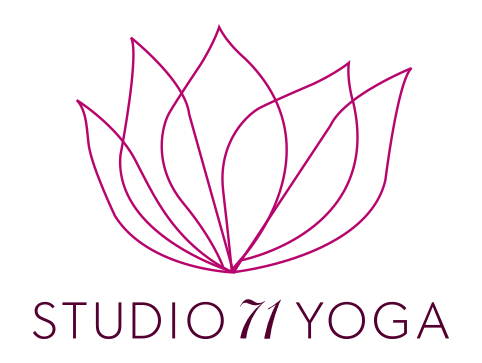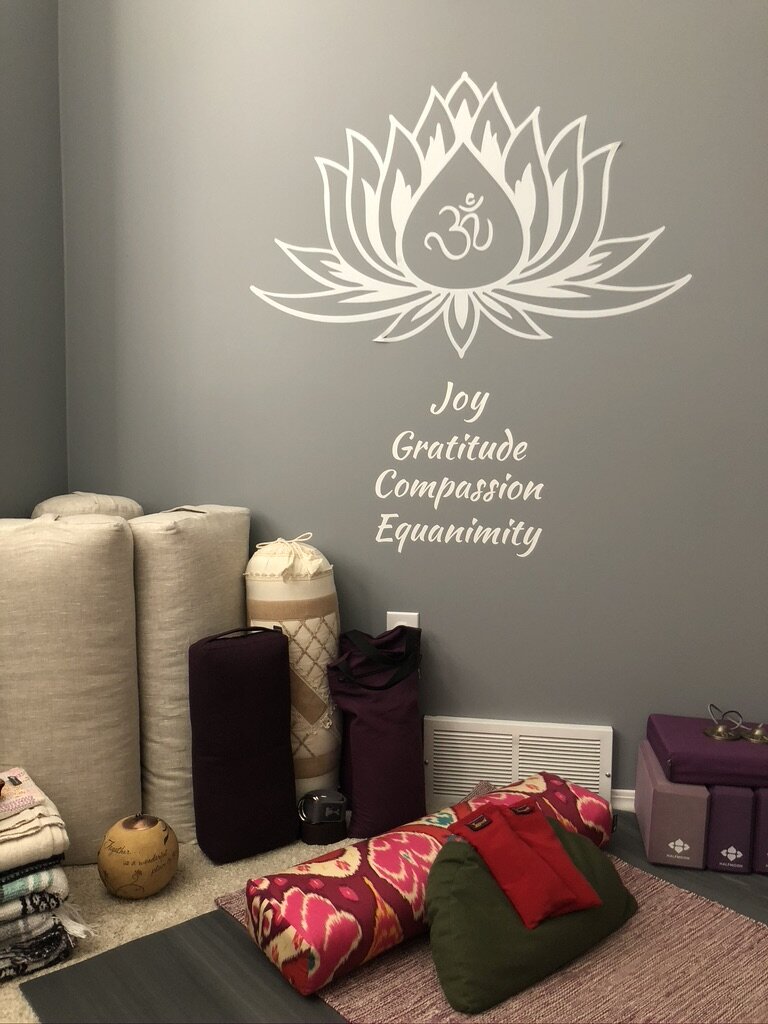Orthosomnia. I'm guessing that you’ve probably never heard of this word. It’s a newly described sleep disorder that involves an unhealthy obsession with getting the “best” or the “healthiest” sleep.
For some people just the thought of trying to get a good night’s sleep causes stress and anxiety, which naturally and understandably leads to poorer quality sleep. This sleep problem is made worse by “tracking” technology. Dr. Sabra Abbott, MD, PhD, Assistant Professor of Neurology (Sleep Medicine) at Northwestern University—a private research university near Chicago, reports that patients “seem to have symptoms related to concerns about what their sleep-tracker devices were telling them, and whether they were getting good quality sleep or not.” In addition, “They were actually destroying their sleep by becoming so dependent upon these devices.”
Does this mean you should ditch your wearable fitness and/or sleep-tracking device? It depends. The answer is different for everyone. That being said, sleep professionals are generally concerned about how the use of these devices has become so ubiquitous. Another major concern is that sleep trackers are not very accurate. Someone’s Fitbit might be telling them that their sleep was “poor” on a given night when in fact their sleep pattern may have been better than average for someone their age.
It’s important to note that sleep data can be useful as long as it doesn’t create unhealthy, obsessive behaviour. Lisa Sanfilippo, founder of Sleep Recovery—a yoga therapy method for overcoming insomnia and improving sleep, recommends using a pen-and-paper sleep diary over a period of a week or more to monitor behaviours that affect your sleep. Typically some interesting patterns will emerge and this old-fashioned method of data collection can help you customize positive changes leading to better quality sleep, and by extension a better and happier you.
At the end of the day (literally) a helpful approach is to tune in to your natural daytime and nighttime rhythms. Sleep, a normal biological process, will come about more easily by developing new, healthy habits and using specific practices that help to balance your body, mind, and spirit.
Want to learn more about how to recover your natural ability to sleep well? There’s still time to register for my upcoming Sleep Recovery workshop.
By the way, the Fall 2021 yoga session begins soon. Please let me know if I’m saving you a spot. Space is limited.
Yours in yoga,
Jeannine




